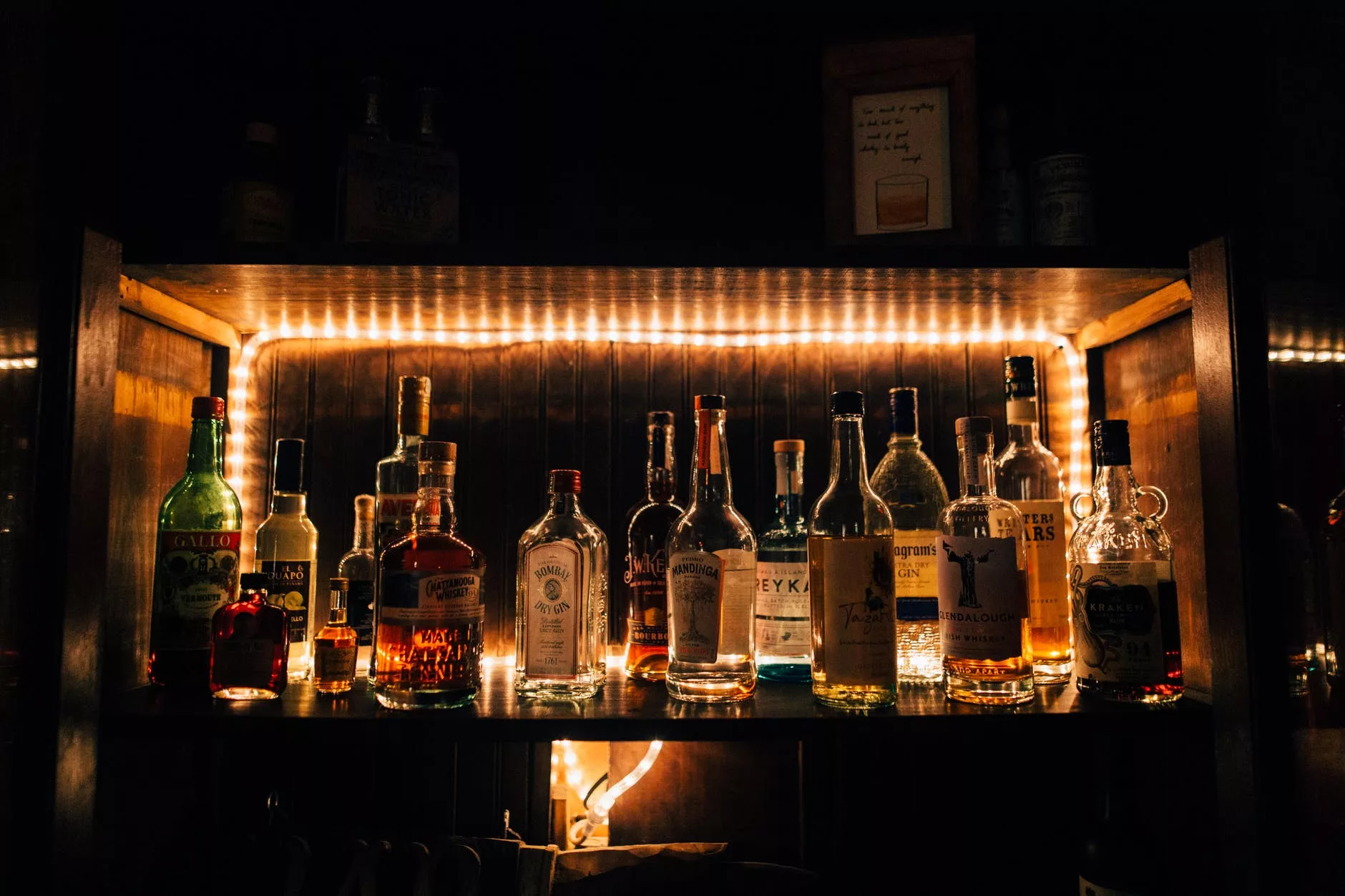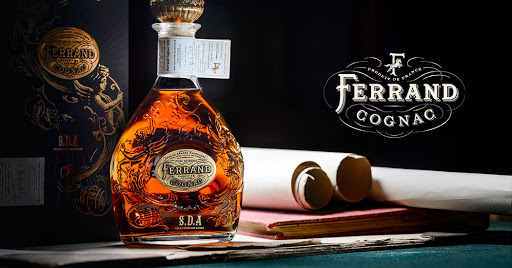
Cognac – Liquid Delight in a Glass
To make it short, Cognac the luxury drink, descended from the quaint French village with the same name, making people’s existence in the village from the trade in salt, courtesy of King Francois I who granted it the royal license to sell the key ingredient.

To live it to history, the modern era has “World Cognac Day” (June, 4) and with its celebration global branding of brandies brought the region an enduring success.
The cognac region placed on both sides of the Charente river in Western France hosts 600 vineyards and around 150 privately-owned cellars and multiple cooperatives.
26 grape varieties including merlot, cabernet, sauvignon and chardonnay, and a bit less-known pinot, gamay, chauche gris and colombard are part of the vineyards in the region.
Cognac is made from the white grapes known as ugni blanc in France. The grapes are transformed into wine, distilled into a spirit known as eau de vie, then aged at least two years in French oak barrels. To qualify for the designation, only grapes from six sub-regions can be used and the wine must be distilled twice in copper pot stills.
If you are interested in learning some more about this premier liquor, stop at medieval town’s Museum of the Arts of Cognac. Famous as it is, it always poses the question: Which cognac to choose?
Chanteloup XXO, Maison Martell
The only cognac that incorporates all four of the most prestigious crus-Borderies, Grande Champagne, Petite Champagne, and Fins Bois, it was ceremoniously unveiled at a lavish dinner prepared by 3-Michelin starred chef Guy Savoy amidst the opulent décor of Le Petit Palais in Paris.
Cellar Master Christophe Valtaud blended 450 very old eaux-de-vie for his creation, the youngest aged for a minimum of 14 years.
“Martell Chanteloup XXO embodies a heritage transmitted through nine generations, as the Martell art of blending has been passed on from one cellar master to the next,” said Christophe. “Today, just as I blend eaux-de-vie aged by my predecessors, so I nurture eaux-de-vie that will be blended by my successors.”
Fragrant aromas of honey, vine peach, and apricot greet the nose, before hints of fig, almonds, and walnuts. The first sip hits the palate with an intense burst of fruity notes.

Pale & Dry X.O., Maison Delamain
Savoir-faire Maison Delamain with over 200 years of refinement through nine generations is the experience and passion to cognac that is worth trying.
Pale because of its amber color, dry because of the feeling it leaves in the mouth, almost a powdery dryness, and a nose described as poached pear, ripe apricot with a hint of orange blossom, the bottle is engraved with the family crest.
It is made exclusively from eaux-de-vie from Grande Champagne and Premier Cru de Cognac and embodies the Delamain approach to cognac making.
Rebecca Montgomery, marketing and commercial director said during the coronavirus lockdown, “we have been regularly communicating with loyal customers and distributors via social media platforms. Tasting videos enable us to continue educating people about our cognacs and ensuring they are available through traditional outlets and online.”

10 Generations, Maison Ferrand
A newcomer on the scene, having been established by Alexandre Gabriel in 1989, is Maison Fernand 10 generations.
In tribute to the ten generations of the family who developed the house since 1630, Gabriel has created Ferrand’s 10 Generations cognac. Aged in French oak with 20 percent in Sauternes casks, it features flavors of baked pear, honey, muscat grape, pineapple and cloves, and fruity spice cake and raisin aromas.
“When I think of my grandfather, a small Burgundy winegrower for whom the earth was the source of true riches, I believe he would be proud of what we have achieved at Maison Ferrand,” says Alexandre Gabriel.

Depending on the taste, and preferences, we choose what attracts us most. These three listed are amongst the top ten. It is a good list to start with.
For more please refer to Emporium-lifestyle
[elfsight_instagram_feed id=”167″]

No Comments